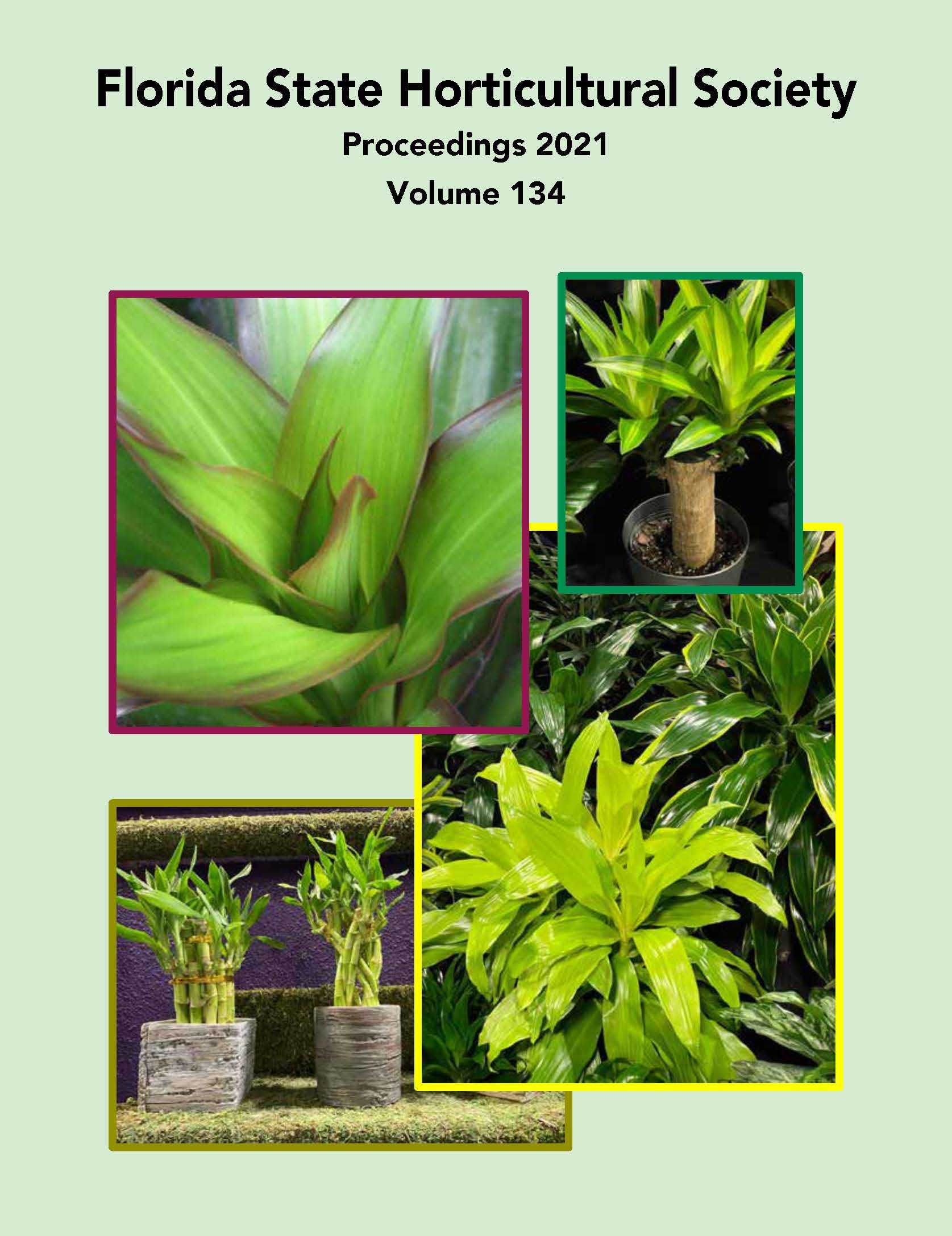Abstract
Coffee agroforestry systems in Mexico are characterized by their high species diversity and their potential to mitigate CO2 emissions. Currently, these systems are being modified with the introduction of avocado as a way to address sanitation and price problems. This modification could alter organic matter concentrations, change soil aggregation, as well as influence soil biological activity and CO2 emissions. The objective of the research was to evaluate the variation of aggregate size and CO2 emissions produced by soil respiration with the changes generated by the introduction of avocado into a coffee agroforestry system, to demonstrate its potential to reduce CO2 emissions and maintain carbon stores in the soil. Five agroforestry systems were selected: 1) traditional coffee polyculture with renovation; 2) traditional coffee polyculture with severe pruning and cleaning; 3) traditional coffee polyculture abandoned; 4) coffee and avocado agroforestry system (ACS); and 5) avocado monoculture. In each system, soil samples were collected at three depths: 0–10, 10–20, and 20–30 cm, for triplicate, during the 2019–20 production cycle, to determine bulk density, aggregate distribution, minimum weight diameter (MWD), chemical characteristics, soil respiration, soil organic carbon
(SOC) and degradation rate constant (kt). In the ACS a lower range (0.6–0.8 mm) of MWD at three depths, lower soil respiration (150 kg CO2-C ha-1·h-1), positive SOC balance and negative kt were found. Therefore, the introduction of avocado contributes to the reduction of CO2 emissions from soil respiration and to the conservation of carbon stores.

